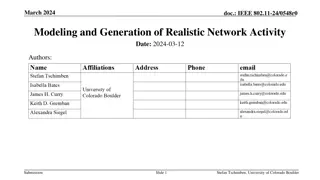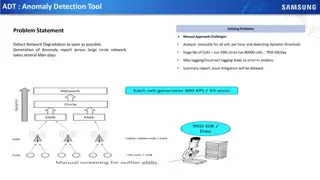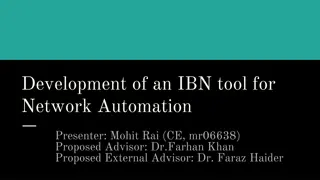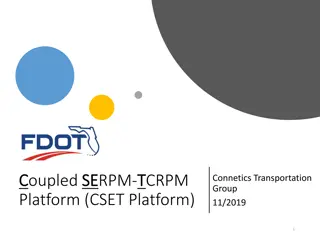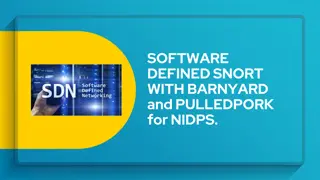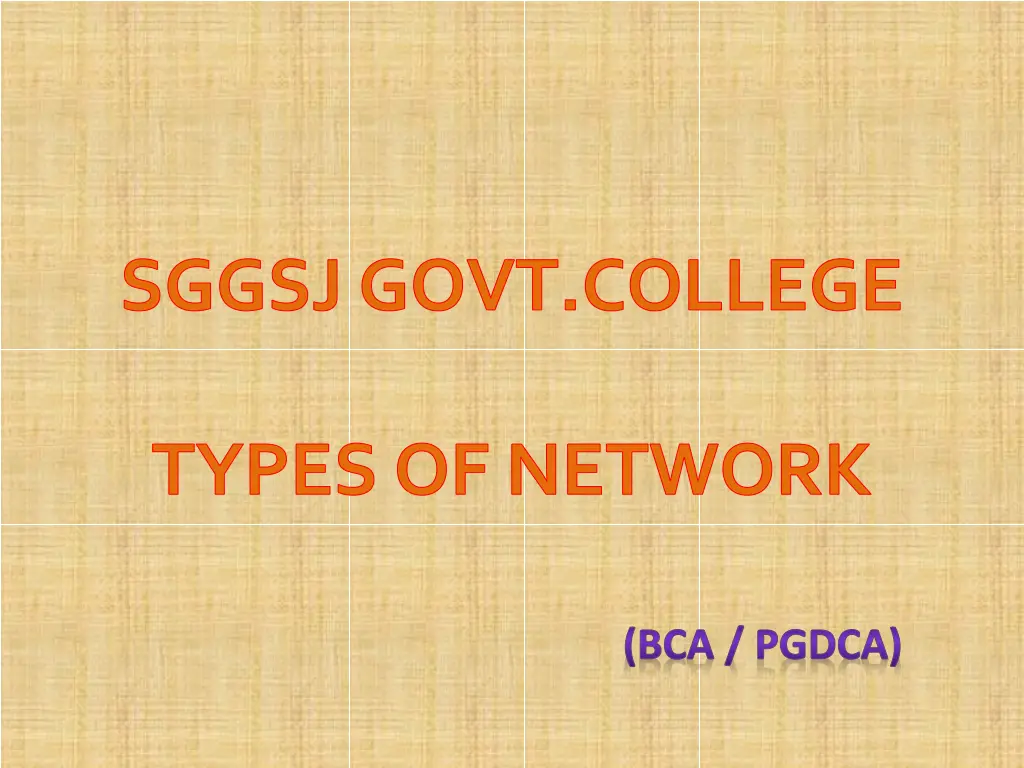
Understanding Types of Networks in SGGSJ Govt College BCA/PGDCA Program
Explore the comprehensive guide on different types of networks presented in the context of SGGSJ Govt College's BCA/PGDCA program. Learn about LAN, MAN, WAN, PAN, their characteristics, advantages, and disadvantages, providing valuable insights for students and enthusiasts alike.
Uploaded on | 0 Views
Download Presentation

Please find below an Image/Link to download the presentation.
The content on the website is provided AS IS for your information and personal use only. It may not be sold, licensed, or shared on other websites without obtaining consent from the author. If you encounter any issues during the download, it is possible that the publisher has removed the file from their server.
You are allowed to download the files provided on this website for personal or commercial use, subject to the condition that they are used lawfully. All files are the property of their respective owners.
The content on the website is provided AS IS for your information and personal use only. It may not be sold, licensed, or shared on other websites without obtaining consent from the author.
E N D
Presentation Transcript
SGGSJ GOVT.COLLEGE TYPES OF NETWORK (BCA / PGDCA)
What is Network? A networkconsists oftwoormorecomputers thatarelinkedinorder to share resources(such as printersandCDs), exchangefiles, or allow electroniccommunications. Thecomputers on a networkmay belinked through cables, telephone lines,radiowaves, satellites, or infrared lightbeams.
Different Typesof Networks Dependinguponthe geographicalareacovered bya network, it is classified as: LocalAreaNetwork(LAN) MetropolitanAreaNetwork (MAN) WideAreaNetwork(WAN) PersonalAreaNetwork(PAN)
LocalAreaNetwork (LAN) A LAN is a network that is used for communicating among computer devices, usually within an office building or home. LAN s enable the sharing of resources such as files or hardware devices that may be needed by multiple users Is limited in size, typically spanning a few hundred meters, and no more than a mile Is fast, with speeds from 10 Mbps to 10 Gbps Requires little wiring, typically a single cable connecting to each device Has lower cost compared to MAN s or WAN s
LocalAreaNetwork (LAN) LAN scan be eitherwiredorwireless.Twisted pair, coaxorfibre opticcable canbe usedinwiredLAN s. Every LAN uses a protocol a set of rules that governs howpackets areconfiguredandtransmitted. NodesinaLANarelinked together witha certain topology.These topologies include: Bus Ring Star LANs are capable of very high transmission rates (100s Mb/s to Gb/s).
AdvantagesofLAN Speed Cost Security E-mail ResourceSharing
DisadvantagesofLAN ExpensiveToInstall RequiresAdministrativeTime FileServerMay Fail Cables MayBreak
MetropolitanAreaNetwork (MAN) A metropolitan area network (MAN) is a large computer network that usually spans a city or a largecampus. A MAN is optimized fora larger geographical areathan a LAN,ranging fromseveral blocksof buildingsto entire cities. AMANmight beownedand operated bya single organization, but it usuallywillbeused bymany individualsandorganizations.
MetropolitanAreaNetwork (MAN) A MAN oftenacts as a highspeed network to allowsharing of regional resources. A MAN typically coversan area of between5 and 50 km diameter. Examples of MAN: Telephone company networkthat providesa high speed DSL to customers and cable TVnetwork.
WideAreaNetwork (WAN) WAN coversa large geographicarea such as country,continent orevenwholeoftheworld. AWAN is twoormoreLANs connected together.The LANs canbe manymiles apart. Tocovergreatdistances,WANs may transmit data overleasedhigh-speed phone linesor wirelesslinkssuchas satellites.
WideAreaNetwork (WAN) Multiple LANs canbe connectedtogether usingdevicessuch as bridges,routers,or gateways,whichenablethemto share data. Theworld'smost popularWAN is theInternet.


